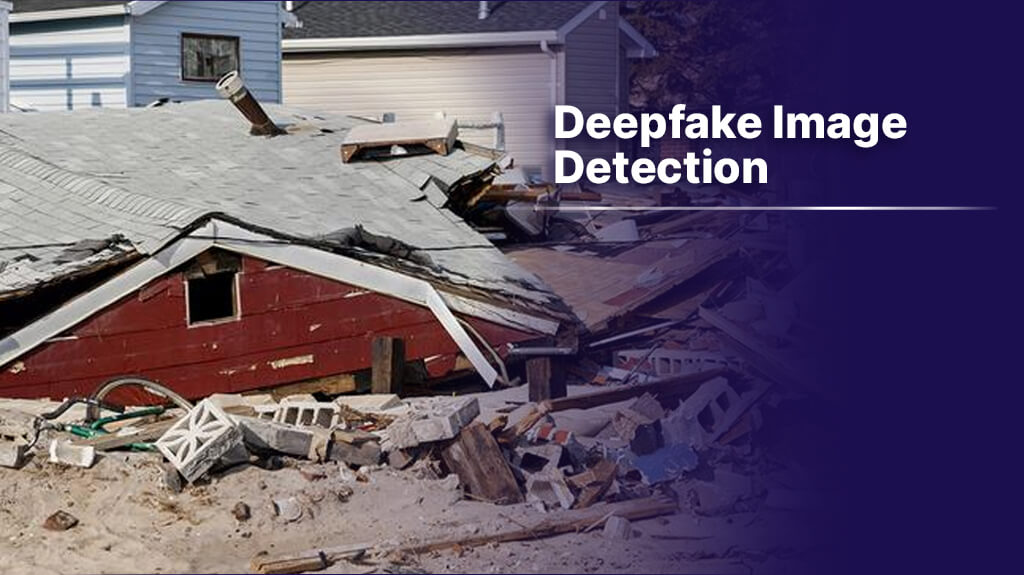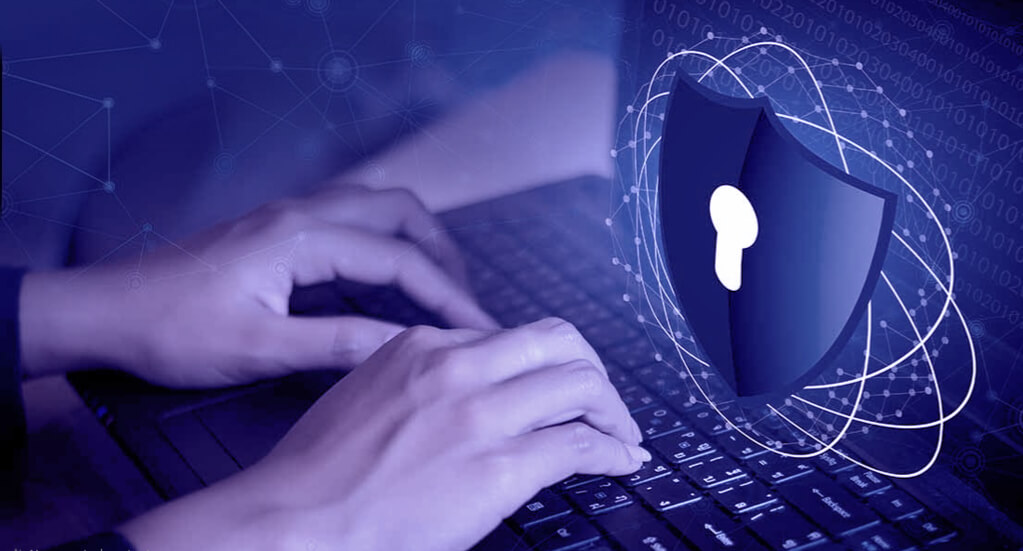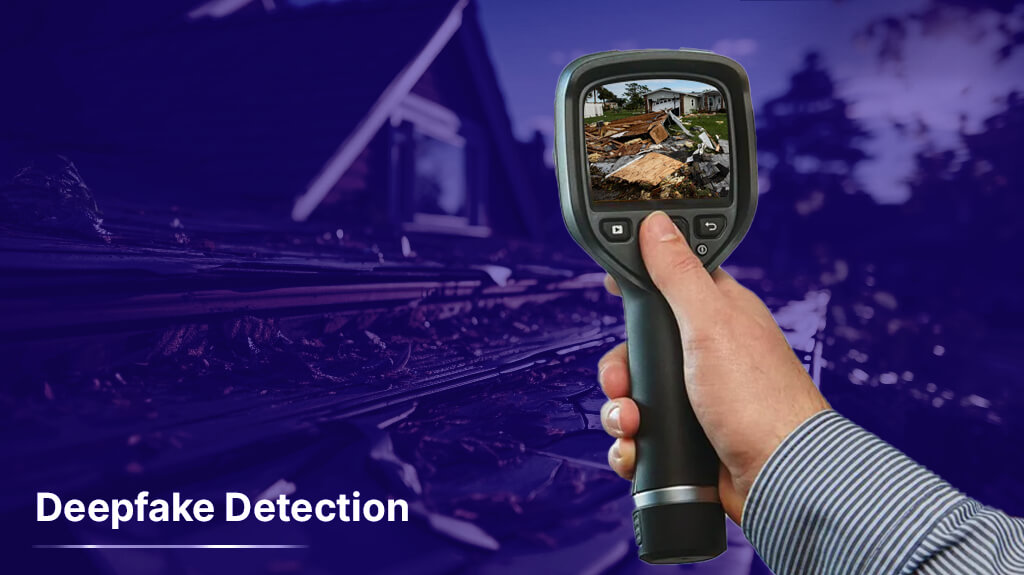Deepfakes are the most urgent, looming industrial trend. Synthetic media generated through artificial intelligence can imitate real individuals down to a hair's breadth and can be an enormous threat to security and fraud monitoring systems. However, the manipulative nature of visual content has heightened the growing need for strong Deepfake Image Detection tools to combat fraudulent activities, especially in industries like finance, insurance, and public security, whose main essence is trust and authenticity.
The Expanding Scope of Deepfakes in Fraud
Deepfakes have become even better tools for cyber-thieves to execute their plans. Using doppelganger copies, these cyber-thieves can set conditions that dupe organizations into accepting any transaction that takes place, change documents, or gain access to confidential information. Deepfakes in the insurance industry could be used to fake accidents or create damages in claims.
Social media sites and online identification systems have also become more vulnerable to deepfakes because today, criminals can hijack other people's digital identities so that fraud may be built.
Role of Deepfake Image Detection in Fraud Monitoring
Whereas traditional fraud monitoring systems can avoid advanced deepfakes, deepfake image detection is also possible. This technology encompasses the use of the tool of detection machines where artificial and machine learning models distinguish real from artificial images. For example, studying these features, including pixel irregularity or an absence of compression of artifacts and even lighting inconsistency, helps systems point to manipulated content that may elude the naked eye.
Improving Financial and Insurance Fraud Protection
Deepfake image detection technologies will be beneficial not only in preventing identity theft and fraud in financial institutions but also for authenticating uploaded images by the customer. These images will, in turn, be verified in a checklist against real evidence for insurance companies to establish a system for verifying claims with visual evidence against fraudulent payouts.
For instance, the rise in the adoption of AI-based fraud monitoring tools in the insurance sector is a good example. According to ScienceDirect, with Deepfake Image Detection-powered automated systems, the possibility of deepfake fraud decreases, raising the accuracy level during fraud investigations.
Safety and Protection of Public and Policing
Besides the financial aspect, deepfake images affect public safety and national security. Contested images and videos may likely provide evidence to law enforcement agencies, making it difficult to prove authenticity. Deepfake Image Detection soon becomes an indispensable tool for verifying the authenticity of such visual materials. By catching manipulated content in the early stages, investigators ensure that the wrongful use of doctored images during legal proceedings and criminal acts are prevented.
According to research done in The New York Times, this is how AI-based detectors change with time to keep up with the creation techniques of deep fakes. The fact that OpenAI is improving efforts to develop deep fake detectors underlines the need for vigilance that must always be enhanced in the wake of changing threats.
Challenges in Deepfake Image Detection
However, deepfake image detection could be improved in modernization. With every improvement of detection models, so too are the techniques of producing a highly realistic deep fake. Thus, an arms race continues between fraudsters and cybersecurity experts. According to Oxford University Press, while AI-based detection systems are already very effective at detecting deepfakes, they are by no means perfect, and the constantly evolving nature of deepfake algorithms calls for periodic updates to be inculcated into the detection model.
For instance, there is the issue of scalability. Scanning for deepfakes on big networks or vast datasets is very computationally intensive. Therefore, organizations must invest more in computing power and ensure that their systems can handle the volume and complexity of content they monitor.
Deepfake Image Detection: The Future
As deepfakes advance, the role of deepfake image detection in monitoring fraud will become even more significant. We can only envision more substantial research and development on this issue with sophisticated tools that detect even the most subtle manipulation. These tools will fortify industries like finance, insurance, and public security, where trust and authenticity must be the gist of their success in operations.
Significant effort will be needed from all quarters to keep ahead of this dynamic threat: private enterprises, governments, and academia. Embedded Deepfake Image Detection in mainstream fraud prevention systems would be critical to preserving digital identities and protecting against emerging threats of visual deception.
This has thrown up new challenges for those sectors that rely on visual verification to prevent fraud. Deepfake Image Detection has emerged as an essential tool in identifying and mitigating this risk; it offers some robust solutions for sectors in finance, insurance, and law enforcement, for example. And the longer this continues, the higher the priority of organizations in integrating detection systems to deal with the increasing threat of fraud.
Fraud monitoring systems will become a needed piece in the puzzle of continuing to trust and secure an increasingly digitalized world as it stays one step ahead of deepfakes producers.
Sources:





Leave a Comment
Your email address will not be published. Required fields are marked *